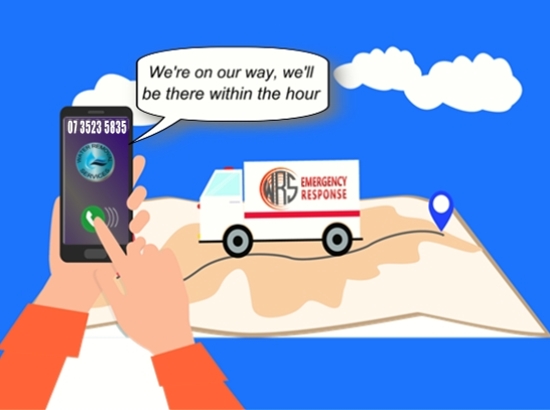
Best Wall Drying Service in Brisbane, Gold Coast & Sunshine Coast
Don’t want to read all the articles? Just want to get a price? Please click on the relevant Map Pin to fast-track your visit and go straight to what you need to know or do.
Often when there is water damage, it is not only the carpet and floors that get wet, the water seeps under your wall panels at floor level and sit inside your walls. Without specific attention to this, mould will most definitely grow and you will only see it after it has grown through the wall to the outside surfaces!
Whether you have only suffered a ‘small’ flood or a large amount of water, it is highly probable that your internal walls have moisture. This cannot be dried using humidifiers.
Want to talk about getting your walls dried? CALL US ON 07 3523 5835
Your walls are a definite area to consider when drying your home after a flood. Our Wall Drying service will ensure that not only the drywall is dried, but the internal cavities between the drywall panels is left without moisture and thereby protected from any mould spores development. In a nutshell, drying these areas is extremely important. Jus a few centimetres of water infiltration along the floor can seep into the walls, leading to extensive water damage. Drying damp walls immediately is critical in order to avoid structural damage and mould growth.
How can you dry out your walls after water damage? Depending on severity using commercial air blowers and humidifiers will take care of minor surface water seepage. But to get all water out the drying and dehumidification processes can take anywhere from a few hours to days, again, depending on the severity of the damage.
Water saturation along the walls starts with floodwaters on ground level. The water that covers the floor will eventually work under the base wall frame and also upwards into the walls. The porous nature of drywall allows the moisture to soak into the walls up to 750mm high.
The extent of water damage to the walls depends on how the wall is constructed, how much water has seeped into the property and how high the water level has risen inside. Most walls, to reduce weight, feature absorbent materials, which readily allow the water to seep into them.
When faced with water damaged walls, be aware that the moisture has likely affected the exterior and interior sides of the wall. The inside wall will sustain much more water damage than the outside, due to restricted evaporation. Plus, water damaged walls may show little, if any, signs of damage.
All surfaces that have been affected by water damage must be cleaned, disinfected, and deodorised to properly eliminate any risk of mould, bacterial infection, fungus, and other viruses. As professionals we will use various techniques to try to save as much drywall as possible (please note that some drywall may need to be replaced if it has been soaked for over 72 hours or if the flood water was dirty). Drywall that has been soaked for any length of time will lose most of its strength and if only surface dried, will eventually crumble in a short space of time.
We provide a range of wall drying solutions for both domestic and commercial clients and we have teams stationed in a variety of locations meaning if necessary, we can reach you in just 60 minutes of your call.





